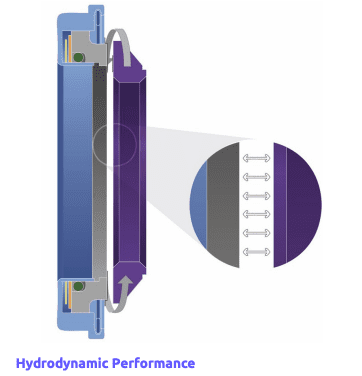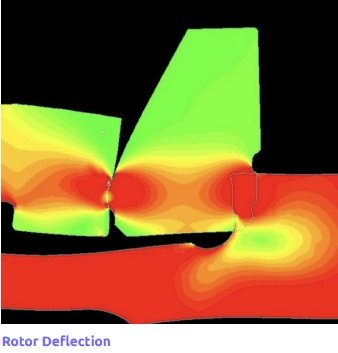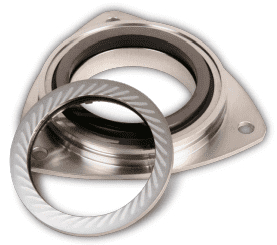Imagine leaving for a business trip to attend a major meeting. You have enough time to clear security and board the plane, and the flight attendant assures you that everything is on time. Small victories such as these make everyone happy.
However, soon after the passengers boarded the plane, there is a foul odor, and it was reasoned that it must be from the plane resting and that it would get better after take-off. However, the odor lasted the entire flight, and several passengers reported it. Everyone applauds when the plane touches down and immediately takes to social media to spread the word about the problem.
In this scenario, the return flight was switched to a different airline. However, the rancid odor is likely recalled each time the passengers think of the airline, and the airline could be consciously avoided in the future.
This is an extreme example, but smell and memory are inextricably linked. While the scenario is made up, the issue was real for a modern airline. An aircraft had a major sealing issue: the carbon-face seal in the auxiliary power unit was leaking regularly, causing cabin odor.
Technetics: Turning Problems into Solutions
To save money, the airline initially chose to deal with a competitor of Technetics. The competitor’s seal, however, did not solve the problem and the airline decided to use Technetics, with its unrivaled dependability and quality.
In this article, Technetics describes its rigorous and thorough solution process—collaboration, design, analysis, and testing—to demonstrate how the solutions deliver the first time, every time.

Image Credit: Adobe Stock
Building Trust
Technetics focuses on forming and maintaining customer trust by working directly and intimately with them throughout the process. While searching for the best solution to meet their needs, Technetics remains open, honest, and communicative.
Designing the Solution
Using the design specs provided, Technetics gathers additional information to accomplish a preliminary design, compliance matrix, and schedule. The compliance matrix pinpoints all requirements and how they will be validated, while the plan negates high-risk design requirements.
Technetics maintains open lines of communication throughout the design process. The rigid adherence to the schedule ensures that the necessary resources are allocated appropriately.
Analyzing the Solution
The thorough analysis ensures that the customers always get the best results.
Technetics begins by examining the surrounding components, such as operating environments, materials, configuration, and assembly. They can anticipate distortion effects, vibration, and seal face loads using the FEA tool to review seal components.
Based on the analysis results, Technetics may recommend using a metal bellows as a secondary seal to provide a spring force to keep the sealing faces closed during the shutdown. This design aids in stress analysis. Additional testing may be carried out as needed to ensure the design specifications are met.

Image Credit: Technetics Group
The company decides whether a contacting or non-contacting seal design is best. They use hydrodynamic face seal designs for non-contacting seals in high-speed applications that require a low-pressure differential, such as sealing small main shaft locations. The company includes predictions for lift-off speed and high-altitude conditions during this analysis stage. Other factors, such as film thickness and stiffness, are also considered.
Flatness is a critical component of good hydrodynamic performance. Technetics also looks into rotor deflection by ensuring the face seal designs are flat and lubricated while dealing with deflections.
The engineers will conduct a leakage and seal life analysis. While lubrication film is required to keep the interface cool and maintain the face temperature, it also allows for unwanted leakage. This step was vital in this airline’s case because leakage could lead to the failure of the solution. On the other hand, the design toolkit can predict leakage rate and heat generation, which helps estimate seal life.

Image Credit: Technetics Group
Testing the Solution
The production and validation phases begin after the prototyping phase and they begin building parts. This includes weighing the face load against the drum loading and performing a vacuum test to determine the quality of the secondary seal.
Four dynamic test rigs are used to simulate the quality of the solution for the customer’s specific scenario, such as outburning pressures, speeds, and temperature conditions. The company repeats the leak rate, wear, and face pressure testing.

Image Credit: Technetics Group
Technetics: The Trusted Engineered Solution Provider
Technetics used the bellows energized hydrodynamic lift-off seal for this airline customer. The seal worked flawlessly, and the customer’s air cabin odor problem is now resolved. Technetics found a solution the first time because they used the tools and processes described above.
Technetics continues to invest in the industry’s demanding requirements and ensure that every expectation is met with its robust and thorough quality system. The solution process, as described above, combined with the company's fully integrated business software designed specifically for manufacturing and hiring top talent, are just a few reasons it leads the industry in quality and satisfaction.

Image Credit: Adobe Stock

This information has been sourced, reviewed and adapted from materials provided by Technetics Group.
For more information on this source, please visit Technetics Group.